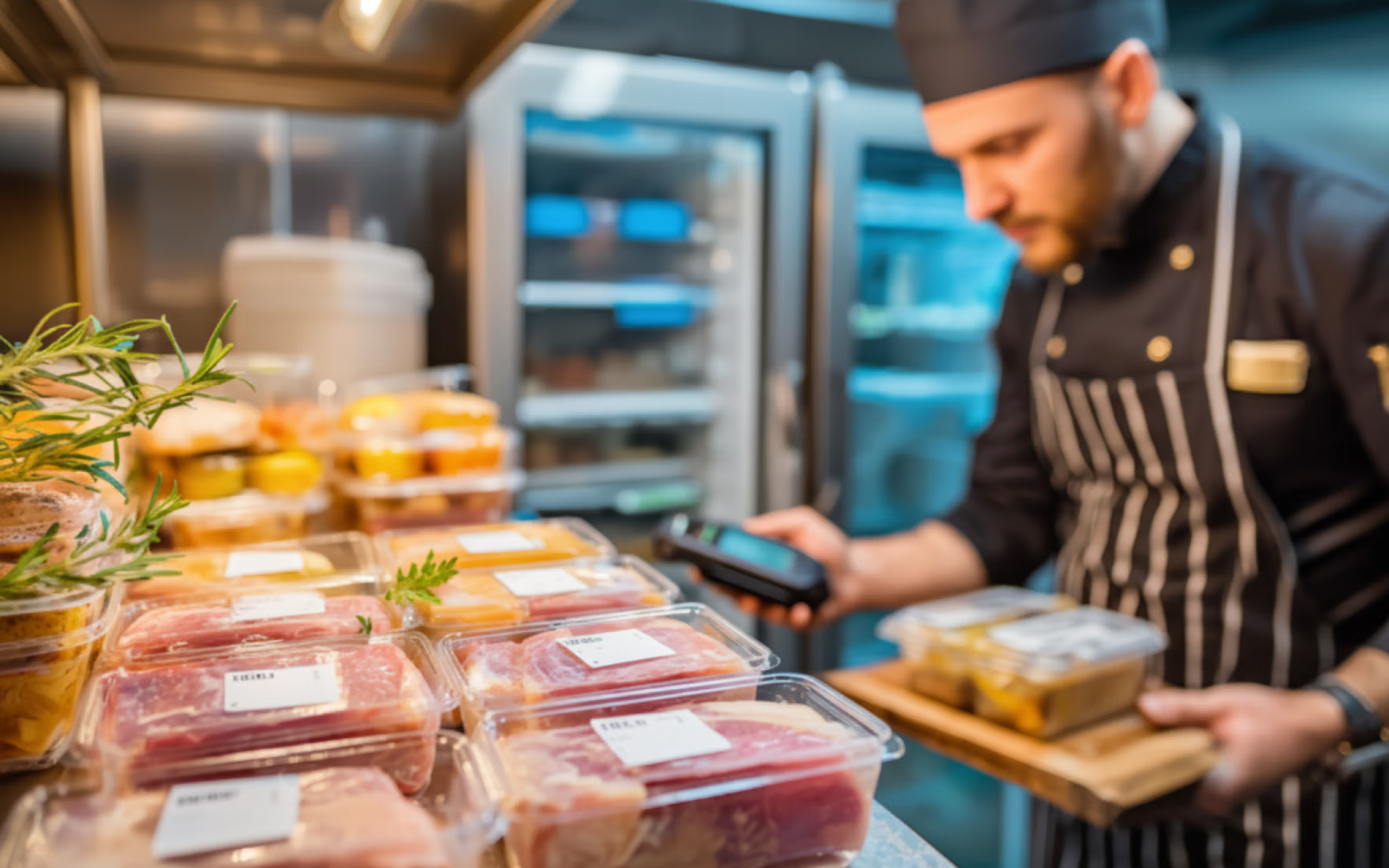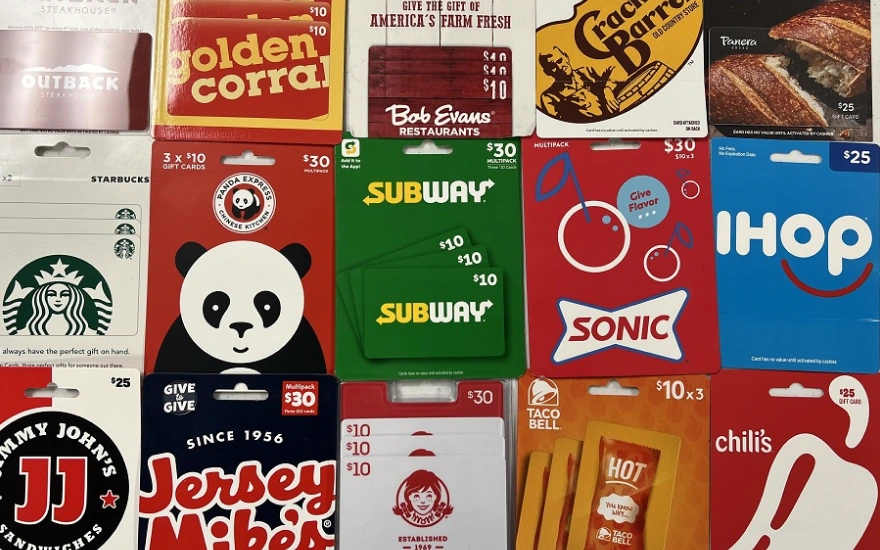Restaurant Scheduling | 5 Staff Scheduling Tips

Restaurant scheduling is one of the most time consuming and sensitive tasks when running a business.
Owner and operators can understand how creating schedules, especially with pen and paper, are always prone to sudden or unexpected changes - the first posted version is never the final version. Scheduling the right employee for a certain shift is crucial for smooth sailing in your day to day operations but it’s a meticulous and long process.
To optimize your restaurant scheduling process, and here are the best practices in scheduling your staff:
1 - Know your business.
You should be checking on your labor costs every day, and recognizing the behaviors. It’s crucial to understand which days and which hours are your busiest. What days are there local events? When are your lunch or dinner rushes? Knowing these numbers will allow you to properly schedule your employees and optimize your labor costs.
2 - Know your employees.
Playing to your employees' strengths is key in making your business run smoothly. Do you know your employees well enough to know whose availability is flexible and whose is iron clad? Do you know which employees are cross-trained?
Creating a schedule is more than ensuring you have enough staff on hand. It's crucial to know and understand what areas your employees excel in, and give them the right tools and opportunities to succeed.
3 - Cross train your employees.
Cross-training employees is greatly beneficial to both you and your employees. Your staff will learn a larger skill set; be prepared for unexpected changes; and you'll have the flexibility to move employees to different positions if the occasion arises.
Cross training will grant "...your team [has the] capacity [to be] flexible in respond[ing] to fluctuation workflows..." If your dining room is short on servers but you have enough hostesses for the evening, an employee who is cross-trained in both positions can float between, or be assigned to the needed position.
4 - Create and communicate your schedule in advance.
Set a designated day for your schedule to be posted. You’ll be held accountable to post the schedule consistently and you’ll have the ability to be flexible with any scheduling changes that may come up. Leaving time to adjust is not only beneficial to you, but also for your employees. Staff will know when they should get their time requests in and any necessary changes to your schedule can be made in advance!
5 - Use technology: restaurant scheduling software.
Technology may be invading every aspect of our lives but in this case, scheduling software will quicken your scheduling process.
Pen and paper schedules are a classic method of creating schedules, but they serve only one purpose: showing your original schedule. Instead of using old, complicated, and fragmented methods of pen and paper or Excel, invest in restaurant scheduling software.
Most restaurant scheduling software allows you to streamline the scheduling process by centralizing the creation of your schedule, employee time off and shift swap requests. Eliminating printed schedules from your scheduling process will cut down the number of phone calls or text messages during business hours, and you’ll have all employee requests in one place.
Scheduling for a staff of 15 is a headache, and scheduling for 150 employees can be a nightmare. With the right tools and an accurate pulse on your business, scheduling can be made easy with the aid of technology in your workplace.



